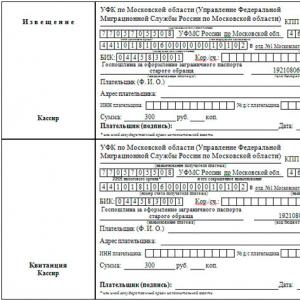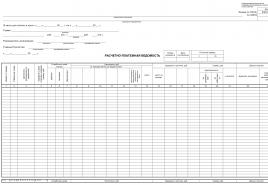Emission: forms, tasks and methods of implementation
The issue is an additional issue of banknotes and securities, designed to solve two main problems: the regulation of cash and non-cash money circulation, as well as attract new investments in the private and public sectors.
Emission is the issuance of additional banknotes (cash and non-cash) or securities (shares, bonds, bills, etc.) into circulation.
The purpose of any type of issue is to meet the needs of the state and economic entities in working capital. Other emission factors include:
- growth of commodity weight;
- a drop in the velocity of money circulation;
- price increases that are not directly related to the quality and quantity of goods and services sold;
As a rule, the exclusive right to conduct it belongs to the National Bank that issues new banknotes and the Treasury (government bonds and bills). The United States can be singled out separately, where the functions and powers of the central bank are entrusted to the Federal Reserve System - an independent financial body that makes decisions in the field of monetary policy and is only partially controlled by Congress.
Money issue
Also called fiducial and comes in two varieties:
1 Primary or budgetary - release by the Central Bank into circulation of new cash and non-cash monetary units:
- production of new banknotes and coins in compliance with the following principles:
optional provision of gold reserves;
banknotes and coins are unconditional obligations of the Central Bank;
monopoly and uniqueness of the issue;
unlimited exchange;
- replenishment of credit funds of commercial banks;
- purchase of foreign currency;
- lending to state bodies and enterprises;
The non-cash form is a priority and usually in countries with low cash turnover is at least 80% of its total amount. Additionally, it arises in a situation where a bill is used as a means of payment. After its redemption, the non-cash issue is reduced by its face value (credit contraction).
It should be understood that the introduction of new banknotes into circulation does not always lead to an increase in the total money supply. The balance of cash in the economy and the banking system is maintained through returnable cash transactions, and only when the turnover exceeds the return - we can talk about the presence of emission.

2 Secondary or credit - issuance of loans by commercial banks to market participants. Lending can be carried out both from its own reserves, and at the expense of primary funds and guarantees received from the Central Bank (bank multiplier).
The budget and banking options are quite resistant to inflation, so in the first case, additional funds are usually not focused on a specific recipient, but are aimed at correcting the situation in the economy as a whole, in the second case, the situation is the opposite - loans are aimed exclusively at business development.
Issue of securities
Legally regulated process of issuing securities for primary or additional circulation among an unlimited number of individuals and legal entities. It is important to clearly understand what functions the emission performs, that this is a fundamentally different term than the initial placement, although they are often used interchangeably.
The issue should be understood as taking the necessary measures to organize the issuance and registration of securities, in accordance with regulatory documents, and under the placement - the conclusion of official transactions that alienate securities, ownership and voting rights in favor of the new owner. An example of placement is the IPO procedure. The initiators can be both private companies and government agencies, such as the treasury or executive authorities.

The law regulates both the process itself and the list of securities related to issuance. In addition to shares and bonds, a procedure can also be specified for securities that are close to them in content. For example, mortgage certificates or investment shares are regulated in much the same way as issuance of bills of exchange or treasury bonds. The only difference is that stocks, bonds and treasury bills are based on the state registration of the issuance plan (issue), and for certificates and shares - registration of the rules for their management and turnover by the respective companies.
At the initial placement, the authorized capital is fully distributed among the shareholders. Additional issues can be confirmed by increased capital, and produced without it. In this case, there is a decrease in the share of the original shareholders, which can lead to significant changes in the decision-making process and voting rights.

Such "uncovered" issuance is often used for the purpose of unfair competition, and the concept of "unfair issuance" has been introduced to prevent such situations. This refers to the actions of the issuer that violate the established procedure for issuing at the stage of registration, placement and reporting. The following can be applied as penalties:
- full (or partial - until the violations are eliminated) refusal to register a plan for issuing securities;
- cancellation of the initial placement with mandatory repurchase of securities at par value;
- reimbursement of costs to buyers if monetary obligations exceed the par value of shares specified in the issuance plan. Such situations often occur when there is an additional issue of securities.
Share premium
Represents the excess of the sale price or market value of a security over its nominal value, which is calculated as authorized capital/number of shares. Together with the difference in the revaluation of fixed assets and the exchange rate difference, it forms additional capital, which is directed to the reserve fund or to increase gross income. It is not allowed to spend share premium on consumption needs.
The income can only be positive or equal to zero if the sale price is equal to the nominal one. Sometimes the term "share premium" is also applied to limited liability companies (LLC), where it is the difference in the value of shares in the authorized capital after and before its increase.







